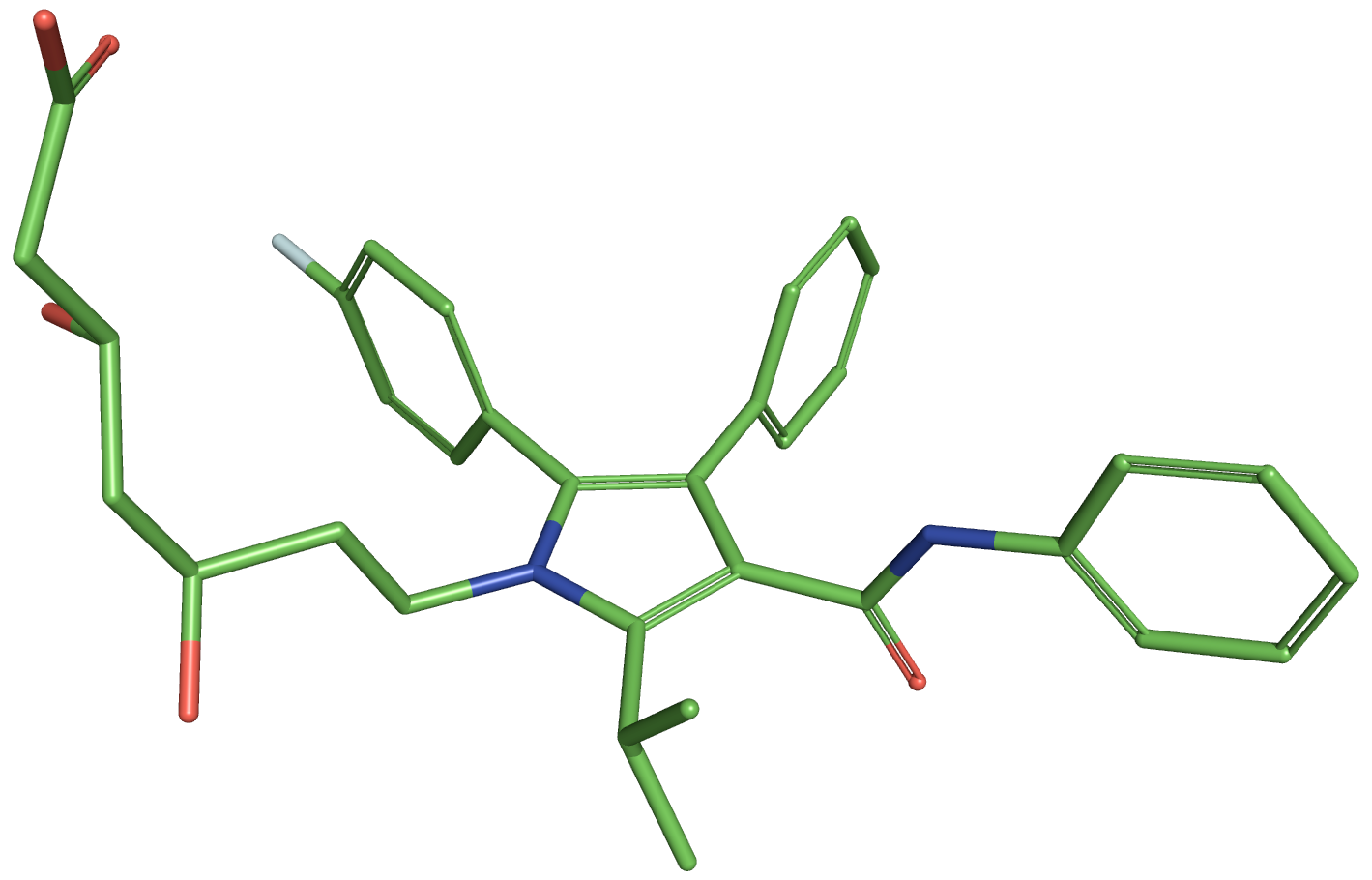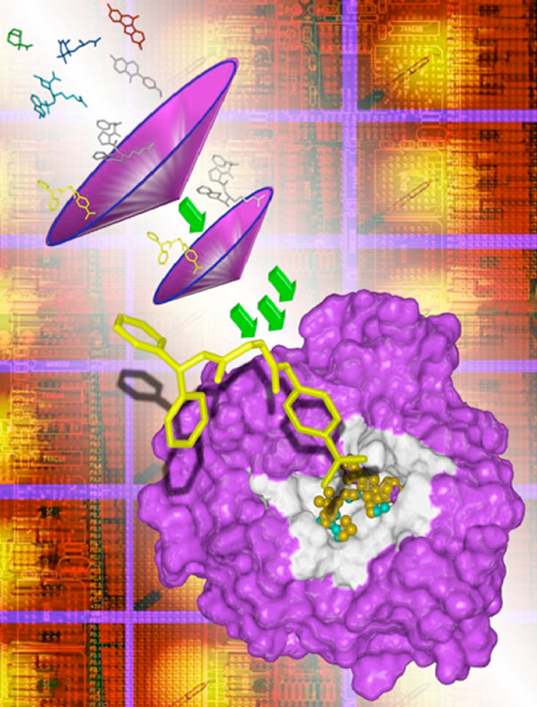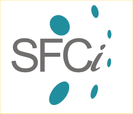Roadmap for FAFDrugs4
-
»»»» Short movie tutorial
August 2017 - Complete revision of the FAF-Drugs4's general algorithm in order to allow multiprocessing calculations and speed-up computations.
Bioinformatics 2017 Aug in press Lagorce D. et al- April 2016 - Major revision of SMARTS definitions for a better sensibility/selectivity of toxicophores detection.
- July 2015 - Upgrade of FAFDrugs2 to FAFDrugs3 web-server - revision of the algorithm for the input data curation steps :
• Better detection and elimination of large compounds, isotopes and inorganics.
• Optimization of the desalting step that now uses the SMARTS definitions of 211 known and used salts.
• Perfecting of the neutralization-standardization/normalization procedure (stereochemistry is now considered during duplicates detection).
• Essential refinement of the protonation procedure for optimal descriptors calculations (i.e. HBD,HBA, charges...) by using Chemaxon cxcalc method and selecting major microspecie at pH 7.4 (needed for logD calculations).
Nucleic Acids Res. 2015 Jul 1;43 Lagorce D. et al - Sep. 2014 - Major improvements regarding rules and toxicophores detection.
• New filtering features:
- User can select two new pre-defined filters (drug-like and lead-like) whose ranges were defined after analysis of the physchem values of oral approved drugs.
- Optimization of the SMARTS for 154 structural alerts after analysis of major publications about drugs toxicity (see toxicophores section).
- PPi-HitProfiler (Sperandio O. et al) is now available (only 3D compounds).• New rules and charts for individually analyzing each compound:
- Implementation of Eli-Lilly MedChem Rules toolkit ([53]). This tool help flagging potentially reactive or promiscuous compounds. This package is used by E Lilly for open drug discovery projects.
- Phospholipidose toxicity model based on structural features ([69]).
- Pfizer 3/75 [54] and GSK 4/400 [26] physchem rules.
- Complexity radar chart (Fsp3 [39], Flexibility, system rings, Stereocenters, rotatable bonds, rigid bonds)
- Radar chart depicting the compound positioning in the applied filter ranges (default is drug-like)
- June 2011 - Launching of the FAFDrugs2 web-server.
FAFDrugs2 is available through the Mobyle portal, hosted by the RPBS platform.
Bioinformatics 2011 Jul 15;27(14):2018-20 Lagorce D. et al
- 2009 to 2011 - Several improvements dedicated to a web-server version.
- BankFormatter formats user input file to a proper SDF file required by FAFDrugs2.
- Filter-Editor allows user to generate his own physchem filter.
- Improvement of duplicates and mixtures removing.
- Improvement of LogP calculations by XLOGP3 by using PHYSPROP database experimental LogP values.
- Embedding of ChemAxon Standardizer in order to normalize compound library before processing.
- New physchem rules added (complexity, LogSw, oral bioavailability scores...)
- User friendly html results page with different graphical reports (radar plots, 2D molecule depiction...)
- Accurate optimization of SMARTS patterns involved in toxicophores detection.
- Close collaboration with Dr J. Baell for implementation of the PAINS detection (benchmarked on WEHI hits).
- Sept. 2008 - Release of the FAFDrugs2 standalone version.
Python command line utility program based on the open source chemistry toolkit OpenBabel, which performs various physicochemical calculations (23 physicochemical rules), identifies key functional groups, some toxic and unstable molecules/functional groups (more than 200).
BMC Bioinformatics 2008 Sep 24;9:396 Lagorce D. et al Get FAFDrugs2 standalone version. - Jul. 2006 - Development and deployment of FAFDrugs on the RPBS platform
FAF-Drugs was an online service based on Frowns (a chemoinformatics toolkit) that allows users to process their own compound collections (SMILES, CANSMILES and SDF files input) via simple ADME/Tox filtering rules such as molecular weight, polar surface area, logP or number of rotatable bonds.
Nucleic Acids Res. 34(Web Server issue):W738-44. Miteva MA et al.
thank INSERM, Paris Diderot University, ANR, and INCa for supports, and








